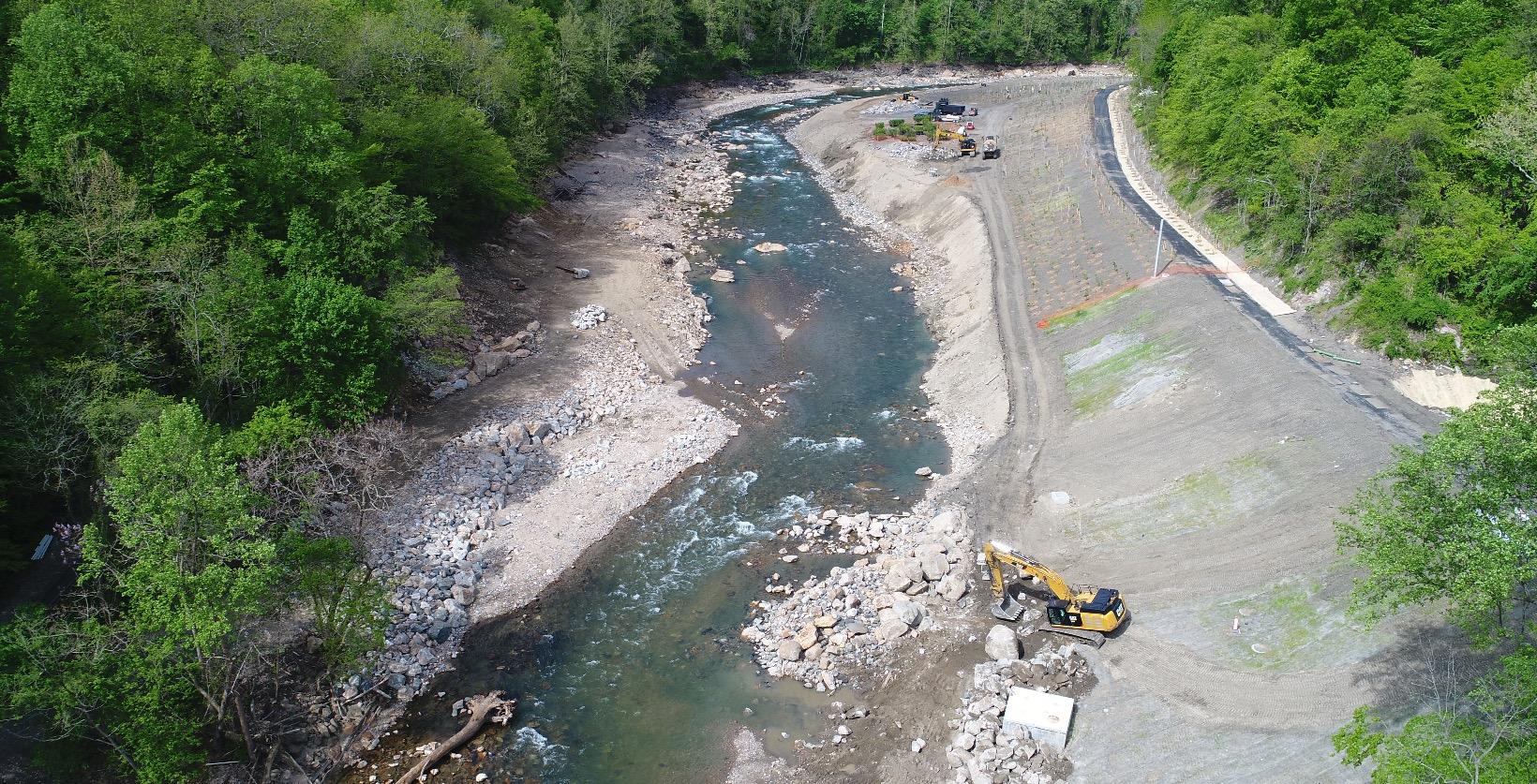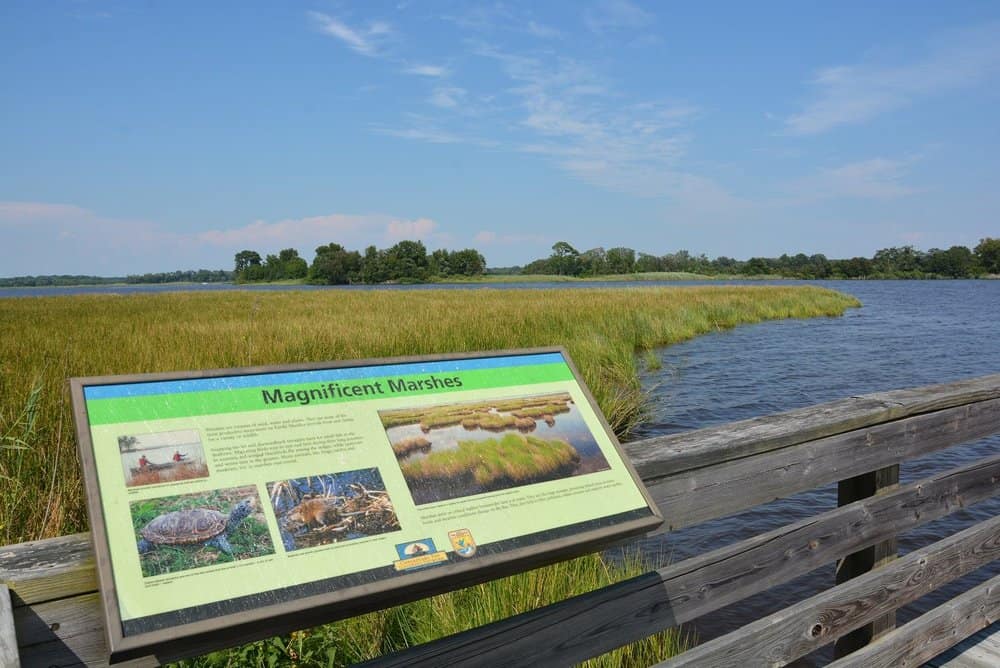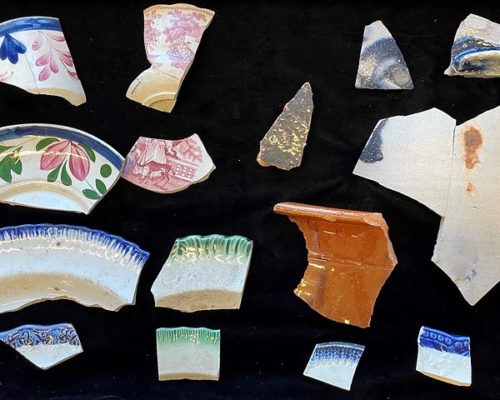The waters of the Patapsco River have been able to flow free for almost five years now, since the Bloede Dam was demolished with a powerful blast in 2018. And the first major study proves that the move has worked to get important fish species back to their native habitat.
A just-published study in the scientific journal PLOS ONE finds that two kinds of river herring—alewife and blueback herring—have returned to migrating up from the ocean to the freshwater portion of the Patapsco to spawn.
Researchers at the Smithsonian Environmental Research Center (SERC), located on the Rhode River south of Annapolis, say their findings are evidence that removing dams and other human-made barriers can help troubled fish species to come back, buoying the local ecosystem.
The Bloede Dam was situated between Baltimore and Columbia, Maryland, near the popular Patapsco Valley State Park. It operated from 1907 until the 1930s supplying electricity to Catonsville and Ellicott City. It was no longer functional for decades, but blocked the passage of important forage fish species from their ancestral spawning grounds upstream. River herring populations in the Chesapeake Bay decreased by a dramatic 98 percent from the 1950s to the 2010s. Fish ladders weren’t effective at Bloede Dam, so in 2018, the dam was finally removed.
SERC had been tracking river herring populations since 2015, when they found no alewife or blueback herring presence for four years in a row in the streams above the dam. There are 62 miles of spawning habitat in streams above the Bloede Dam site. But in the three years after the dam was removed, evidence of alewives increased to 7 percent and blueback herring to 13 percent. SERC measures environmental DNA (eDNA) in water samples.
Biologists at the Maryland Department of Natural Resources found their first alewife and blueback herring there in 2021.
“This research indicates that the primary objective for Bloede Dam’s removal—to restore migratory fish passage in the Patapsco River—has been met for river herring,” said Henry Legett, a SERC scientist involved in the study.
And that makes a compelling argument to look closely at the 400 other dams blocking fish passage in Maryland’s rivers, SERC says.
“This study lends support to the idea that removing dams can help the recovery of river herring and other fish species in the Chesapeake and elsewhere,” Legett says.
In addition to Legett, SERC scientists involved in the study were Claire Huang, Rob Aguilar, Keira Heggie, Kimberly Richie and Matthew Ogburn.
-Meg Walburn Viviano




